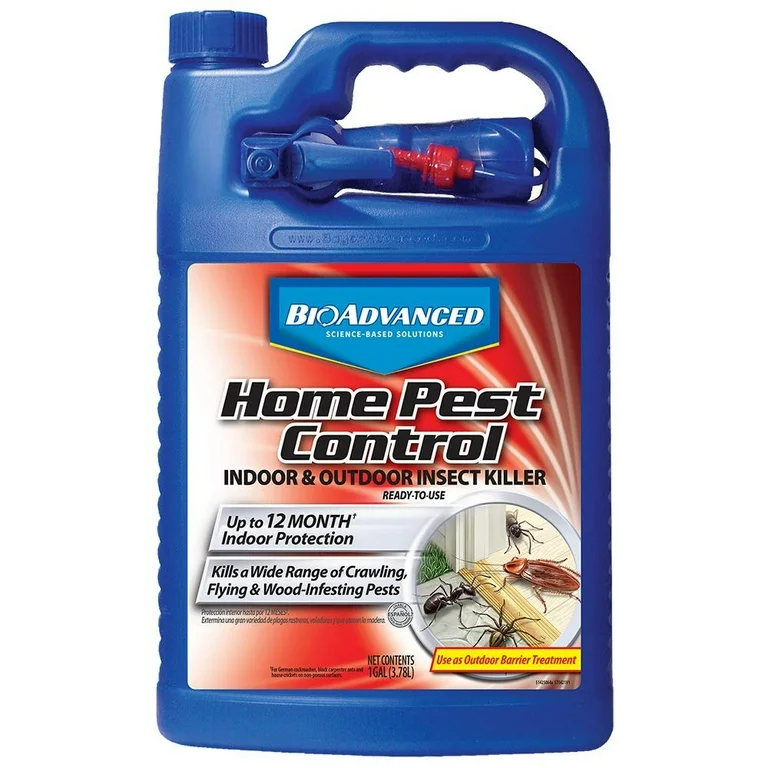Bed Pest Treatment Break Down: Contrasting Chemical Vs. Non-Chemical Solutions
In the world of parasite control, specifically when dealing with the persistent concern of bed insects, the choice between chemical and non-chemical therapy services can be a pivotal one. Both methods offer distinct advantages and drawbacks, influencing variables such as efficiency, safety and security considerations, and general cost. By examining the nuanced information of each technique, a more clear understanding of which path to seek in resolving a bed bug invasion can be obtained.
Effectiveness of Chemical Treatments
Chemical therapies for bed insect invasions have been widely acknowledged for their potent and fast effectiveness in eradicating these parasites. When thinking about the performance of chemical treatments, it is crucial to recognize that they can provide a comprehensive and fast solution to a bed pest issue.
Furthermore, chemical treatments have the benefit of offering recurring impacts, indicating that they can remain to get rid of bed bugs even after the first application. This recurring activity is specifically beneficial in combating any kind of possible re-infestations. Furthermore, the rapid action of chemical treatments can bring alleviation to individuals facing extreme bed pest problems, enabling them to regain control of their living areas quickly.
Security Problems With Chemical Solutions
One essential facet that calls for careful consideration when using chemical options for bed insect therapy is ensuring the safety and security of occupants and the environment. While chemical treatments can be efficient in eliminating bed pests, they might present dangers if not taken care of correctly. One of the primary safety and security interest in chemical solutions is the potential damage they can trigger to human wellness. Direct exposure to certain chemicals utilized in bed pest therapies can bring about respiratory problems, skin irritability, or various other damaging reactions, especially in people with pre-existing conditions or sensitivities. Furthermore, improper application or dosage of chemical pesticides can cause poisonous residues remaining in the cured area, positioning long-lasting health risks to passengers.
In addition, the environmental influence of chemical services is another substantial factor to consider. Some pesticides made use of in bed pest therapies may be damaging to helpful pests, wild animals, and ecological communities if they leach into the soil or water supply. It is important to utilize chemical treatments judiciously, complying with safety guidelines, and considering less poisonous options to reduce these threats and make sure the risk-free and effective monitoring of bed pest infestations.
Benefits of Non-Chemical Strategies
Thinking about the prospective safety concerns and ecological impact connected with chemical remedies for bed pest treatment, discovering non-chemical methods provides an encouraging alternative with numerous distinct benefits. Non-chemical approaches supply a much safer alternative for households, especially those with family pets, individuals, or kids sensitive to rough chemicals. These techniques eliminate the risks of exposure to harmful compounds, minimizing the possibility for unfavorable health results. Additionally, non-chemical treatments are eco-friendly, as they do not add to air or water air pollution, making them a sustainable selection for bug control.
Furthermore, non-chemical solutions can be efficient in targeting bed bugs, including hard-to-reach locations where chemical treatments may not permeate - A1 bed bug exterminator charlotte. Techniques such as heat therapy, vacuuming, steam cleansing, and bed mattress encasements supply comprehensive obliteration without the usage of hazardous chemicals.
Limitations of Non-Chemical Treatments

Furthermore, non-chemical treatments click for source frequently call for multiple applications to achieve effective obliteration. This can be taxing and may not constantly assure full removal of all bed bugs and their eggs, particularly in hard-to-reach or surprise areas.
In addition, the success of non-chemical treatments greatly depends on proper execution and thoroughness, which can be challenging for individuals without specialist know-how. Poor application of non-chemical techniques might cause incomplete removal, bring about consistent problems and the need for extra therapies.
Therefore, while non-chemical therapies have their advantages, it is vital to acknowledge these restrictions and consider them when identifying the most reliable method for taking care of bed insect invasions.
Price Contrast: Chemical Vs. Non-Chemical Options
Given the constraints linked with non-chemical treatments, an important facet to assess in the context of bed pest administration is the my explanation expense comparison between chemical and non-chemical choices. In contrast, non-chemical therapies like heat therapy or steam can be more costly, with expenses ranging from $1,000 to $6,000 for a whole home. While the initial cost of chemical therapies may appear reduced, several therapies might be needed to fully remove the problem, potentially increasing the total cost.
Verdict

Thinking about the potential safety issues and ecological influence linked with chemical options for bed insect therapy, checking out non-chemical approaches offers an encouraging option with several distinctive benefits.Given the constraints linked with non-chemical treatments, a crucial facet to review in the context of bed insect monitoring is the cost comparison between chemical and non-chemical alternatives. In comparison, non-chemical therapies like warmth therapy or steam can be extra pricey, with prices ranging from $1,000 to $6,000 for a whole home. While the initial price of chemical treatments may seem lower, numerous treatments might be needed to fully get rid of the infestation, potentially increasing the general cost.In conclusion, when contrasting chemical and non-chemical bed insect treatment options, it is necessary to think about performance, safety, advantages, limitations, and expense.
Comments on “Reliable A1 Bed Bug Exterminator Charlotte - Get Rid of Bed Bugs Fast”